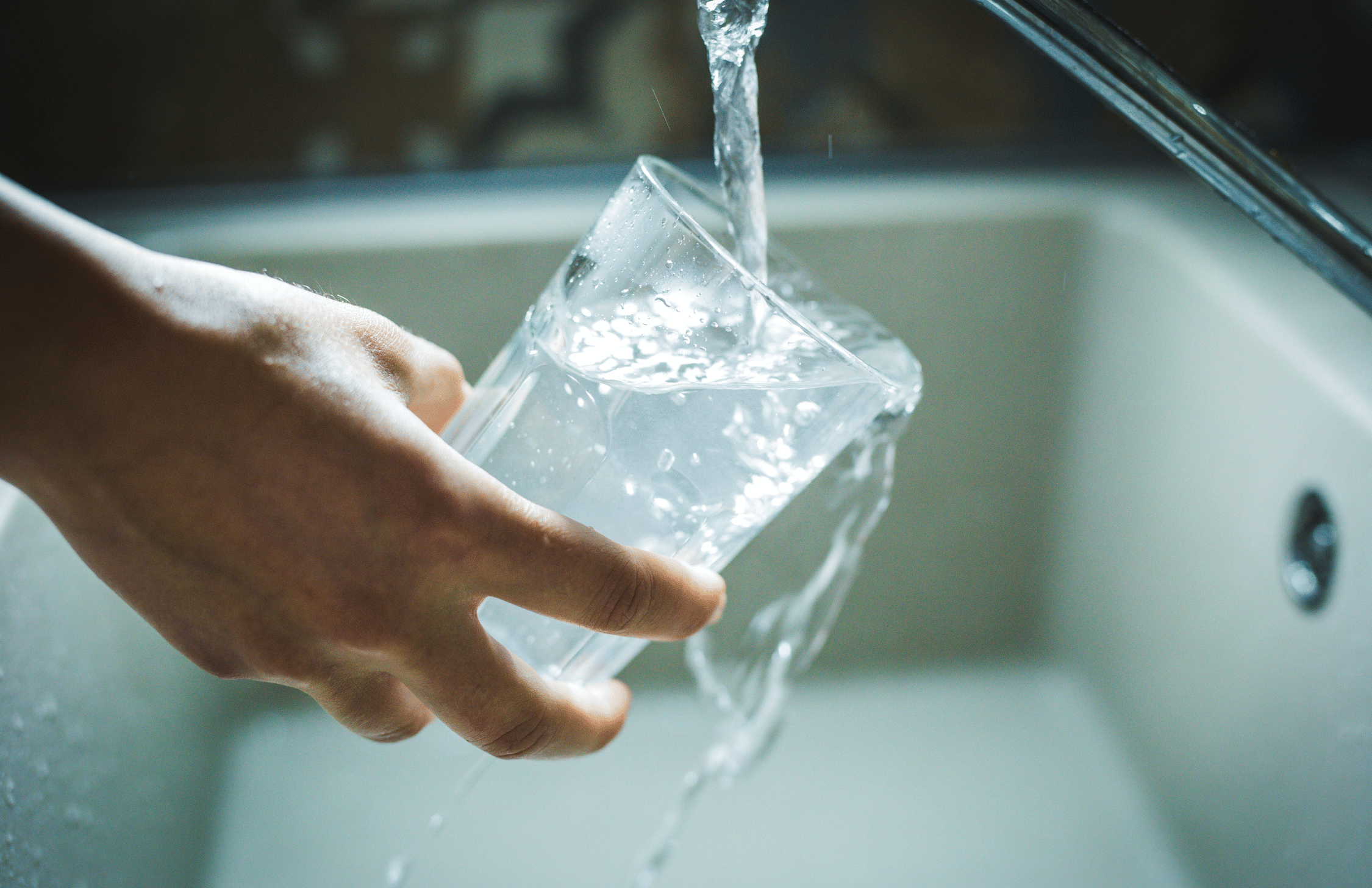
During National Water Quality Month, it’s important to remember that water safety goes beyond pools and swimming—it starts at the tap. PFAS contamination in drinking water is a pressing issue today. These man-made chemicals, found in many products, persist in our environment. Known as “forever chemicals,” they resist breaking down, posing long-term risks.
The presence of PFAS in water supplies raises serious health concerns. Studies link them to cancer, liver damage, and developmental issues in children. This makes understanding and addressing PFAS contamination crucial.
Legal actions are underway to hold polluters accountable. Lawsuits and regulations aim to protect public health and ensure access to clean water. Testing and remediation efforts are vital in this fight.
Public awareness and education are key. By understanding PFAS, we can advocate for safer water and a healthier future.
PFAS, or per- and polyfluoroalkyl substances, are synthetic chemicals used in various industries. Their resilience and water-resistant properties make them valuable for many applications. Commonly, they are found in firefighting foams and nonstick cookware.
Unfortunately, their widespread use has led to environmental contamination. PFAS enter water supplies through industrial discharges and landfill seepage. Due to their stable nature, they accumulate over time, raising contamination levels.
Their journey into drinking water sources isn’t always direct. It involves several pathways and environmental interactions. Moreover, PFAS contamination often remains undetected for long periods.
Understanding how PFAS enter water systems is crucial. This knowledge helps develop effective strategies for testing, regulation, and remediation.
PFAS exposure is linked to serious health risks. These chemicals have been associated with cancer and liver damage. PFAS may also harm child development and impair immune functions.
In addition to health issues, PFAS have significant environmental impacts. They contaminate soil, waterways, and wildlife habitats. Their persistence and bioaccumulation in organisms pose long-term risks.
PFAS affects ecosystems on various levels. Aquatic life is particularly vulnerable to PFAS contamination. Fish and amphibians can accumulate these chemicals, impacting their survival and growth.
Addressing these impacts requires collaboration between scientists, regulators, and communities. Continuous monitoring and research are essential. Such efforts aim to mitigate the detrimental health and environmental effects of PFAS contamination.
The presence of PFAS in water supplies raises major concerns. These chemicals enter water systems through various pathways. Industries that use PFAS contribute significantly to contamination via wastewater discharge.
Firefighting foams containing PFAS are another source. These foams seep into the ground, contaminating groundwater supplies. Products like non-stick cookware and waterproof clothing also release PFAS into the environment over time.
Understanding these pathways helps in developing preventive measures. Comprehensive strategies are vital to reduce further contamination risks. Implementing stricter controls on PFAS usage can protect our water supplies for future generations.
Testing water for PFAS is crucial for identifying contamination levels. Homeowners can use water testing kits to assess their water quality. These kits help determine whether PFAS are present in drinking water.
Professional testing provides more detailed results. Laboratories conduct comprehensive PFAS testing and analysis. They evaluate contamination levels and identify specific PFAS compounds.
Testing is the first step in addressing PFAS concerns. Prompt testing allows homeowners to take necessary action. Knowing your water’s PFAS status helps inform treatment and remediation strategies.
Establishing PFAS drinking water standards is essential for public health. Regulatory bodies, like the EPA, are working to set safe limits. These standards aim to reduce exposure and protect vulnerable populations.
The development of PFAS regulation involves scientific research and policy discussions. Policymakers must balance public safety with feasible implementation. Ongoing debates highlight the complexity of regulating “forever chemicals.”
Effective regulation requires collaboration among government, scientists, and communities. As standards evolve, they will guide efforts to ensure safe drinking water.
Legal actions related to PFAS are gaining momentum. Communities affected by PFAS contamination are pursuing justice through litigation. These lawsuits aim to hold polluters accountable for environmental damage and health risks.
Lawsuits may lead to significant financial compensation. They also raise public awareness about the dangers of PFAS. These legal battles often provide critical insights into contamination sources and levels.
Ongoing litigation creates a dynamic legal landscape. As cases progress, they set precedents for future actions. Keeping informed on PFAS lawsuit updates is crucial for affected individuals and communities.
Access to clean drinking water is a fundamental human right. It safeguards our health, supports ecosystems, and enables communities to thrive. Despite its importance, many are unaware of potential contaminants like PFAS.
To ensure clean water:
Taking these steps helps prevent contamination and ensures that everyone can enjoy safe, reliable access to clean drinking water. Community involvement and proactive measures are essential for maintaining water quality and public health.
Addressing PFAS contamination requires collaboration, regulation, and public awareness. By pushing for stronger oversight, investing in remediation, and educating our communities, we can work toward a future with clean, safe water for all. At Salenger, Sack, Kimmel & Bavaro, we are currently accepting PFAS water contamination cases and helping individuals and families hold polluters accountable. If you or a loved one has been exposed to PFAS through contaminated drinking water, contact us today to discuss your legal options.